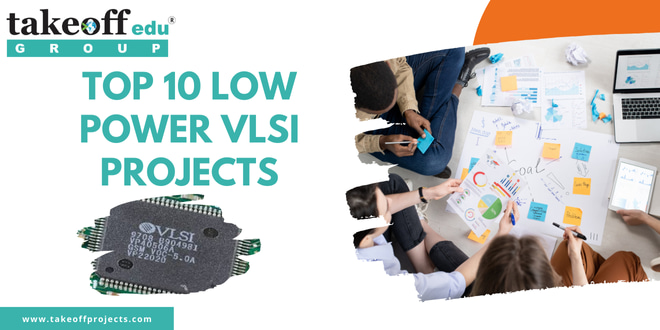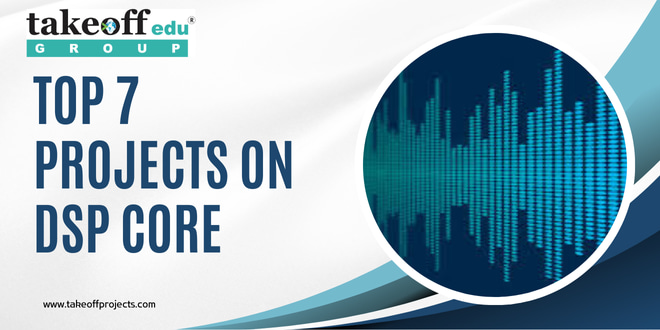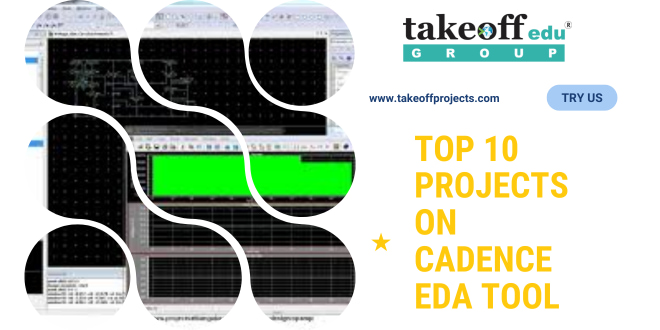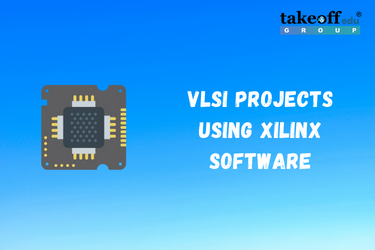Basically, the area of mathematics known as arithmetic is concerned with the study of numbers and the different operations that may be performed on them. The four fundamental mathematical operations are addition, subtraction, multiplication, and division. The majority of modern arithmetic cores may be thought of as using one or more-bit heaps. A bit heap is a type of data structure that stores the unevaluated total of any number of bits, each of which is weighted by a power of two.
The top 5 projects arithmetic core for students to learn from and put their talents to the test are as follows:
1. A Novel Algorithm with Complexity Reduction for Multimedia Applications using 8-point DCT
The low energy consumption needed by video processing systems for the multimedia industry has led to the development of several effective algorithms for the good approximation of 2-D Discrete Cosine Transform (DCT) transformations.
Due to the DCT's strong energy compaction capabilities, it is employed in many compression applications. It has been proposed that approximation DCT transforms without a multiplier provide more compression and quicker performance while requiring a smaller number of circuits.
Instead of using conventional DCTs and integer conversions, these approximations can only be implemented in digital VLSI circuits with arithmetic operation vs, which results in considerable chip space and power savings.
The suggested transform has a low computational complexity when compared to state-of-the-art DCT approximations by means of PSNR (i.e., Peak-Signal-to-Noise Ratio) and complexity of algorithm.
You may develop a successful career in arithmetic core by producing high-quality projects on arithmetic core.
2. Implementation of Turbo Encoder and Decoder
Due to its capabilities for error correction that is close to the Shannon limit, turbo code has evolved into the preferred coding method in many communication and storage systems. It is necessary to have an effective encoder and decoder since deep space missions demand higher data rates.
As compared to the current best codes, turbo codes offer an Eb/No improvement of up to 0.8 dB for distant space missions. The physical channel parameters determine the overall number of decoder iterations. We suggested a turbo encoder with a 1/3,1/4,1/6 rate and turbo decoder in this work.
You may develop a successful career in arithmetic core by producing high-quality projects on arithmetic core.
3. Design and Performance Analysis of Various 32-bit Hybrid Adders using Verilog
The difficulties in today’s digital IC design are around area, power, and delay improvements. Adder units are needed for the processors now in use. This study will examine several 32-bit VLSI adder types and carry out their design implementation.
Several of the adders’ designs utilised the 3-2 compressor. By utilising various types of adder and logic combinations, certain 32-bit hybrid adders are offered.
KSA (i.e., Kogge-Stone Adder), BKA (i.e., Brent-Kung Adder), LFA (i.e., Ladner-Fischer Adder), and Han-Carlson Adder (HCA) are some of the parallel prefix adders included in the combo.
By examining the performance of the 32-bit developed hybrid adders and choosing the top 32-bit adders, two 64-bit hybrid adders are created.
You may develop a successful career in arithmetic core by producing high-quality projects on arithmetic core.
4. Energy-Quality Scalable Design Space Exploration of Approximate FFT Hardware Architectures
This study uses many approximative multipliers (Ax M) paired with approximative adder (Ax A) circuits to increase the energy efficiency of a FFT (i.e., Fast Fourier Transform) VLSI accelerator.
A radix-2 butterfly with temporal decimation is used in the fixed-point sequential design of the FFT hardware as it is depicted here.
Along with the LOA, ETA-I, Copy A, Copy B, Trunc0, and Trunc1 approximate adders, we investigate a number of Ax Methods, including DRUM (i.e., Dynamic Range Unbiased), Ro BA (i.e., Rounding-based Approximate), Lo BA (i.e., Leading One Bit-based Approximate), and Truncated Approach.
You may develop a successful career in arithmetic core by producing high-quality projects on arithmetic core.
5. A Low-Power and High-Accuracy Approximate Multiplier With Reconfigurable Truncation
An approximative multiplier is designed in this work by creating an approximative compressor that is more accurate than similar current compressors.
In many applications, multipliers are one of the most important arithmetic functional units, and such applications frequently call for several multiplications, which use a lot of power.
Using an approximation multiplier is a growing technique to decrease critical route time and power consumption for applications that can tolerate errors. With an approximation multiplier, performance and efficiency might be sacrificed for precision.
A straightforward circuit is also provided for error correction to cut down on error distance. Based on the demands of the user, the suggested approximation multiplier can change the precision and processing speed needed for multiplications while it is being used.
You may develop a successful career in arithmetic core by producing high-quality projects on arithmetic core.

 Design and Analysis of Multi-Protocol Conversion Unit for SPI, I2C and UART
Design and Analysis of Multi-Protocol Conversion Unit for SPI, I2C and UART  Design of Polar Codes in 5G New Radio
Design of Polar Codes in 5G New Radio  Design & Study the Performance of CMOS Based Ring Oscillator for 5G Mobile Communication
Design & Study the Performance of CMOS Based Ring Oscillator for 5G Mobile Communication  Top IEEE VLSI Engineering Projects For Final Year Students with Source Code
Top IEEE VLSI Engineering Projects For Final Year Students with Source Code  Best VLSI Projects for ECE Students
Best VLSI Projects for ECE Students  Top 7 Transistor Logic Projects for Engineering
Top 7 Transistor Logic Projects for Engineering  Top 10 Low Power VLSI Projects
Top 10 Low Power VLSI Projects  Top 5 Nano Technology Projects using VLSI
Top 5 Nano Technology Projects using VLSI  Top 6 Communications Projects for Students
Top 6 Communications Projects for Students  Top 7 Projects on DSP Core
Top 7 Projects on DSP Core  Top 7 Projects on Finite State Machines
Top 7 Projects on Finite State Machines  Top 10 Projects on Cadence EDA Tool
Top 10 Projects on Cadence EDA Tool  FPGA Final Year Projects for Electronics Students
FPGA Final Year Projects for Electronics Students  Verilog Projects for ECE
Verilog Projects for ECE  VLSI Project Ideas for Engineering
VLSI Project Ideas for Engineering  VLSI Mini Projects for ECE Department Students
VLSI Mini Projects for ECE Department Students  VLSI Projects for Final Year
VLSI Projects for Final Year 
 Paper Publishing
Paper Publishing


